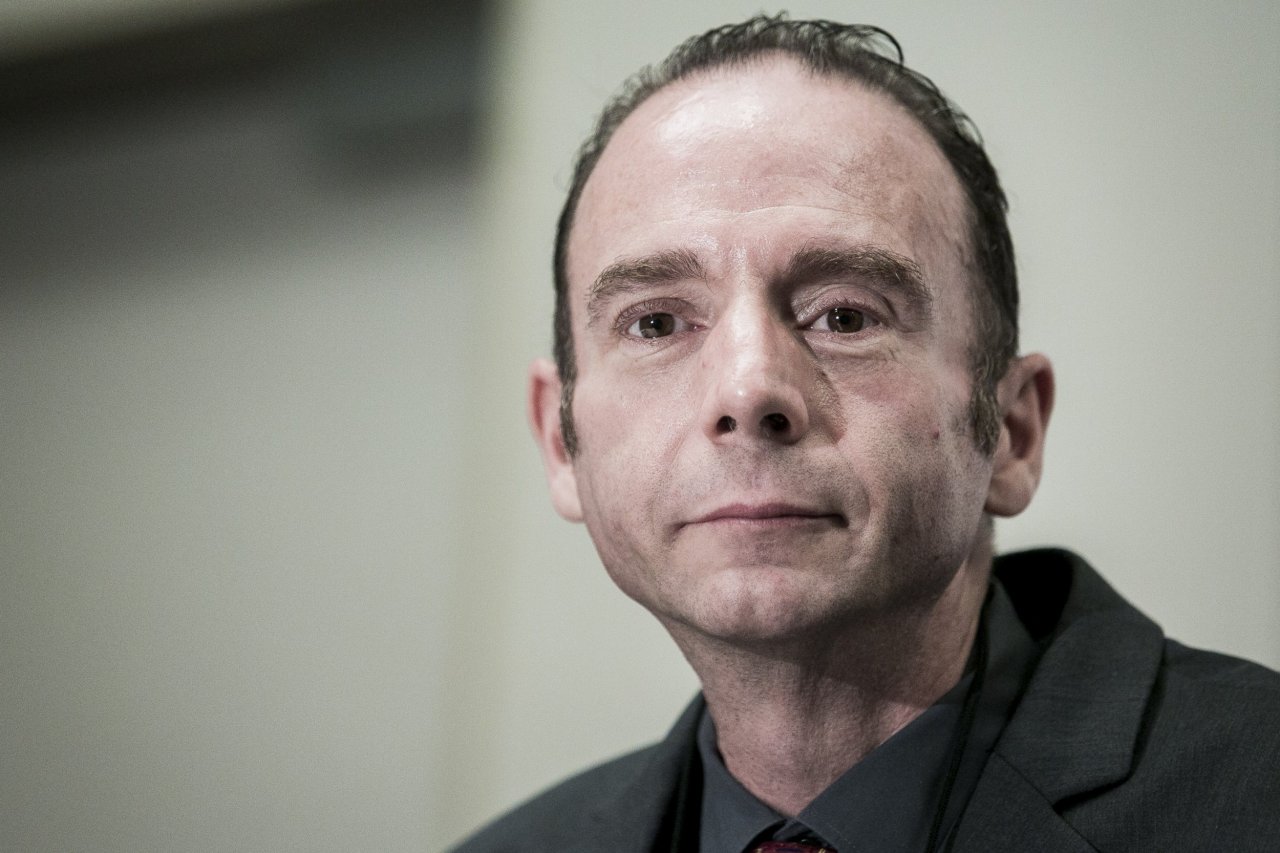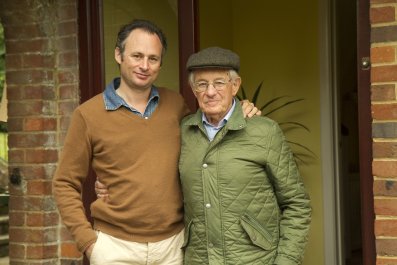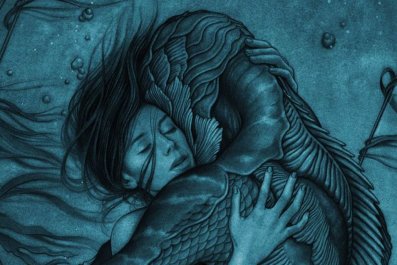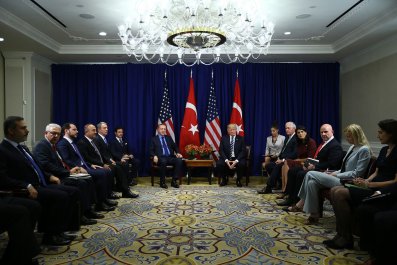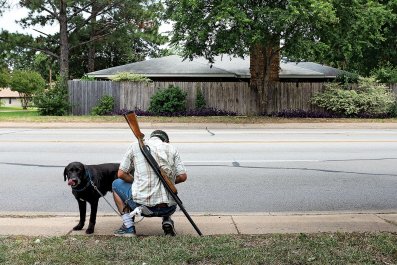A population descended from five monkeys left on an island by Dutch spice traders 500 years ago may be the key to replicating a legendary HIV treatment that left one man functionally cured. Researchers from Oregon Health and Science University published their findings Friday morning in Nature Communications.
This paper means researchers can now look into how and why one person—Timothy Brown, often referred to as "the Berlin patient"—seemed to be functionally cured of HIV after a bone marrow transplant. Brown's transplant came from a donor with a specific kind of mutation that made his immune cells harder for HIV to enter. Eventually, the levels of the virus in his blood became undetectable, even without a daily drug regimen.
Doctors have tried to replicate this transplant success ever since. But none have, Jonah B. Sacha, a researcher at OHSU's Vaccine and Gene Therapy Institute and one of the authors of the new paper, told Newsweek. And so far, the experiments have ended badly. Some patients died shortly after the transplants. "There's pretty much a moratorium right now on doing these things in HIV-infected patients," he said. "Even ten years later, we still have no idea how Timothy Brown was actually functionally cured. In order to do that, you really need an animal model that faithfully models what happens in humans."
Sacha said he doubts that HIV will ever be completely cured. "Curing is just such a high bar," he said. Getting rid of a virus like HIV is almost impossible—there are pieces of HIV-type viruses, called retroviruses, that linger in the human body long after the initial infection occurred. Even one of the proteins required to make a placenta came from a virus.
That's where the monkeys enter the picture. People have proven that you can do a stem cell transplant—the kind that cured the Berlin patient—in rhesus monkeys before. However, those monkeys aren't the best model to use. Their immune systems have too many proteins to account for, making the work inefficient and uncertain. Those proteins in the immune system are actually behind some of the more dangerous potential results or side effects that can happen after a bone marrow transplant, like graft-versus-host disease, which is when the patient's protective guardians rejects the new cells.
Bone marrow transplants can only happen when there is a precise match made between immune system proteins. Graft-versus-host happens when that match isn't good enough. Instead of working together with the recipient's body, immune cells from the donor will start attacking the patient. Instead of saving them, the transplant can kill them.
But the history of Mauritian-origin cynomolgus macaques make them a perfect species to use for this kind of research. Because there were only five individuals to begin with on that island 500 years ago—and only one female monkey in the bunch—the species is far less genetically diverse, which makes it far easier to find good matches for bone marrow transplants.

In the new study, Sacha and his team report a successful stem cell transplant in two macaques. A year after the procedure, the monkeys are alive and well. They did not show any signs of rejecting the transplanted cells. The achievement is important because now scientists have a new way to find out exactly what led to the Berlin patient's extraordinary result.
"I think we're going to be able to put people into drug-free remission," he said. "I think that's probably 10 years away." There's already been some interest from academics and companies alike in using the animals to address research questions in HIV research and beyond. They could also be used to figure out how to head off graft-versus-host disease, for example.
That's good news for the researchers. But really, it's kind of bad news for the monkeys. Part of the reason they're needed is because when bone marrow transplants go wrong, they can go very wrong; graft-versus-host disease is one of the major reasons people can die after bone marrow transplants.

Sacha and his colleagues care deeply about the welfare of their charges—even as they perform procedures they know could harm or even kill them. "We get attached to these monkeys. We give them names, we spend a lot of time with them." The veterinary staff at the university gives the monkeys treats and iPads to make sure they're entertained and happy.
"Honestly, these monkeys are really sweet," he said. "When they get sick and they die, it's horrible."
"At the end of the day, we're trying to ameliorate human suffering," Sacha said. "The end goal of all of this is to try and treat humans better. Yes, you are going to cause pain and suffering to an animal. And you have to go into this with your eyes wide open. It is hard. You feel bad, you feel horrible when you see animals suffering."



